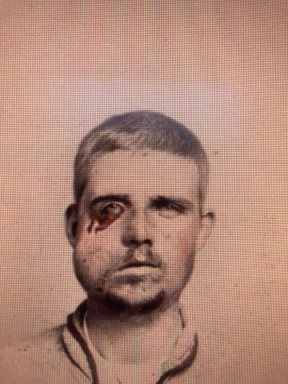Smithsonian should speed up return of human remains, task force says
1/9
An unofficial blog about the National Museum of Health and Medicine (nee the Army Medical Museum) in Silver Spring, MD. Visit for news about the museum, new projects, musing on the history of medicine and neat pictures.
1/9
Mütter Museum in Philadelphia at centre of ethics dispute over provenance of its collection of skulls, fetuses and body parts
The Mütter Museum, a beloved 19th-century collection of medical curiosities and human remains in Philadelphia, wants to adopt a more "respectful" approach. Some fans won't have it.
By Franz Lidz
The remains of Charles Byrne, a 7-foot-7 man who died in 1783, will no longer be on public view, an effort to address what one official at the Hunterian Museum called a historical wrong.
By Claire Moses
Visit a museum inside the Centers for Disease Control and Prevention in Atlanta, Georgia, which documents how public health officials have slowed the spread of disease through history.
Dec 2 2021
Moritat:You know, the droop in the eye? I had reference for him too, and after that, it was easy. I've mostly used a lot of the old Mathew Brady Civil War photographs to kind of get that rugged kind of look, you know, color kind of slightly frayed gun belts.

 |
THE MUSEUM OPENS AGAIN On Saturday 24 April, we will finally open the doors to our good and curious guests. Our staff is well on its way to sprucing up, putting up signs and getting ready for a safe and secure reopening. Remember bandages and Coronapas. Admission tickets must continue to be purchased in advance, and we will open ticket sales on Wednesday 21 April. Buy admission tickets here. // The museum re-opens April 24. Admission tickets must be purchased in advance. Please remember a face mask and your Corona passport. |
As one museum has pledged to return skulls held in an infamous collection, others, including the Smithsonian, are reckoning with their own holdings of African-American remains.
Museum exhibit spotlights military medical milestones
Source: ftleavenworthlamp.com
Author: Katie Peterson
To view the exhibit online with FAM OnCell, visit https://frontierarmymuseum.oncell.com/en/site-list-80713.html. |